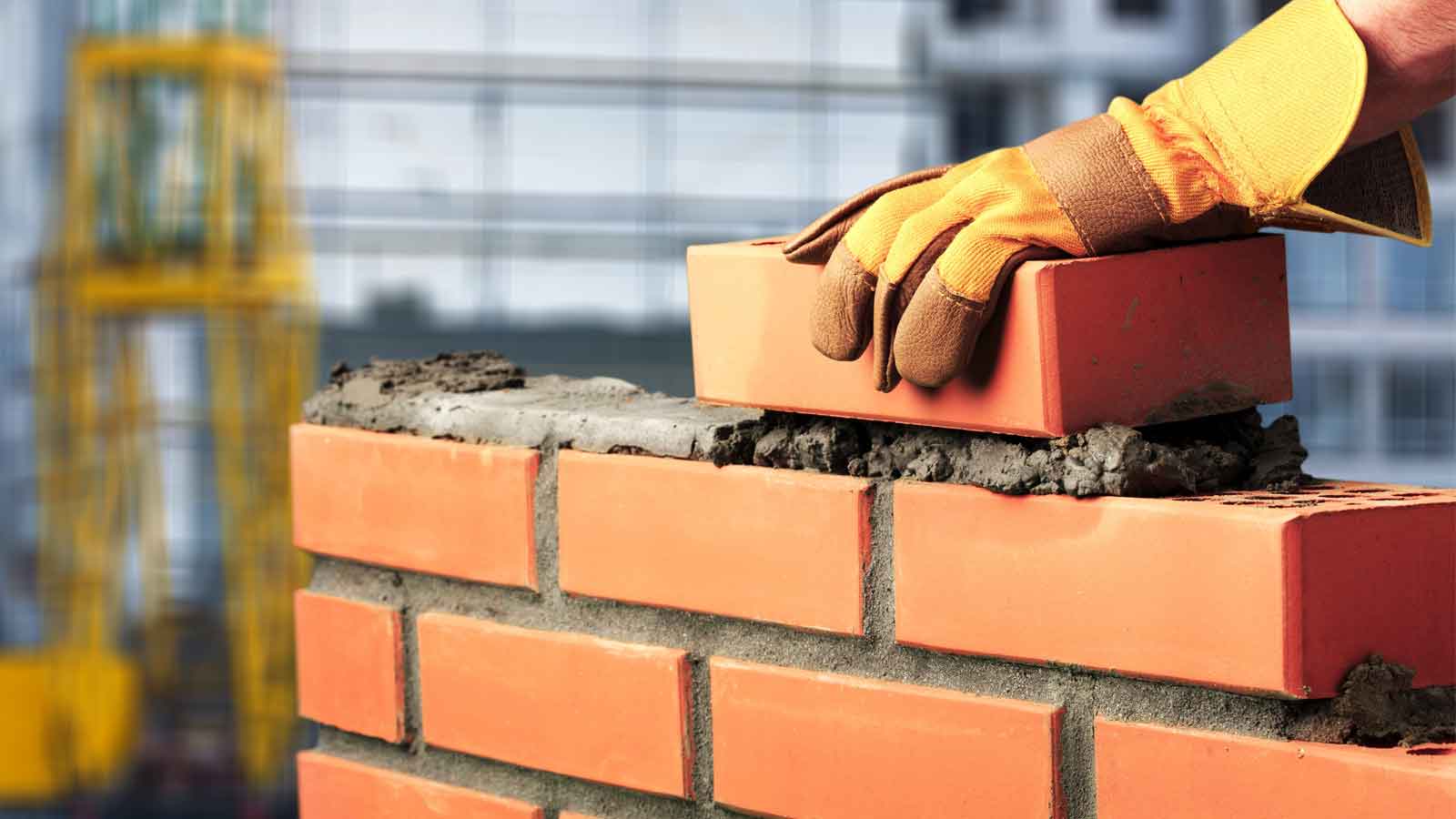Unlocking the Secrets of Sustainable Masonry Construction Practices for Eco-Friendly Structures
In the realm of contemporary building, the pursuit of sustainable practices has become critical. Amongst the myriad strategies to green building, sustainable stonework construction attracts attention as a reliable and long lasting method that holds a wide range of untapped capacity. From the choice of materials to innovative construction strategies, the secrets to accomplishing sustainability within stonework construction are multifaceted and fascinating. By exploring the advantages, materials, methods, and future patterns of sustainable masonry, a deeper understanding of exactly how these methods can form the future of environmentally friendly structures emerges.
Benefits of Lasting Stonework Construction
Welcoming lasting masonry construction techniques not just lowers ecological effect yet likewise provides lasting economic advantages to builders and areas. By using materials like recycled blocks, blocks, and rocks, contractors can significantly lower the carbon footprint of their tasks while promoting source performance. Furthermore, sustainable stonework construction strategies, such as appropriate insulation and thermal mass residential properties, can improve power performance within buildings, leading to minimized functional costs over time.
Furthermore, the longevity and resilience of masonry frameworks contribute to lasting financial advantages. Structures created making use of lasting stonework practices commonly need less maintenance and repair work, translating to cost savings for builders and homeowner. The durability of masonry materials additionally makes certain that frameworks stay secure and safe and secure, reducing the requirement for constant improvements or substitutes.
Eco-Friendly Masonry Materials
Making use of green masonry materials is an essential action in the direction of enhancing the sustainability of building methods and minimizing environmental effect while maximizing long-lasting economic advantages. Lasting stonework materials are sourced, generated, and utilized in a way that minimizes general ecological effect. Lasting concrete obstructs incorporate recycled aggregates and may include better insulation homes, adding to power performance in structures.
In addition, natural materials like adobe, rammed earth, and straw bundles provide excellent thermal mass homes, minimizing the requirement for heating and cooling energy. These materials are frequently in your area readily available, promoting local economic climates and minimizing transportation-related carbon emissions. By picking eco-friendly stonework products, building jobs can substantially lower their environmental impact and add to the development of healthier, much more lasting developed atmospheres.
Energy-Efficient Masonry Strategies
Power efficiency plays an essential role in boosting the sustainability of stonework construction techniques. By applying energy-efficient masonry techniques, building contractors can substantially lower the overall power usage of a building, leading to reduced operational expenses and a smaller environmental footprint. One key energy-efficient stonework strategy is the use of thermal mass, which entails integrating dense materials browse around this web-site like concrete or block right into the structure's structure to absorb and store warmth. This aids regulate interior temperatures, decreasing the requirement for mechanical heating and cooling down systems.

Innovations in Sustainable Stonework
Current improvements in lasting stonework practices have caused cutting-edge methods that are reshaping the construction market. One such development is the advancement of self-healing concrete, which utilizes germs installed within the concrete to heal cracks autonomously. This development not just reduces maintenance costs but also enhances the durability of stonework structures, adding to their sustainability.
Another notable development is using recycled aggregates in stonework construction - masonry contractor. By including materials such as smashed ceramic waste or recycled glass right into concrete blends, home builders can minimize the ecological influence of construction jobs while maintaining structural honesty. This technique not just draws away waste from landfills but likewise preserves natural deposits, making it a crucial development in sustainable masonry construction
Moreover, the assimilation of electronic layout devices, such as Building Details Modeling (BIM), is revolutionizing the way stonework structures are intended and constructed. BIM permits for more exact calculations, minimized product wastage, and boosted energy efficiency, ultimately bring about more sustainable structure practices. These advancements collectively represent an appealing future for sustainable masonry building and construction in the era of green buildings.
Future Trends in Masonry Sustainability
With the ingenious strides made in lasting read this post here stonework practices, the future patterns in stonework sustainability are positioned to further transform the building market. One of the essential patterns forming the future of stonework sustainability is the raised assimilation of technology. Developments such as Building Info Modeling (BIM) and digital fact simulations are being made use of to optimize masonry construction processes, resulting in minimized product waste and enhanced power effectiveness in structures.
In addition, the growth of unique lasting products is established to play a significant role in enhancing the eco-friendliness of masonry construction. masonry contractor. Innovations like self-healing concrete, recycled aggregates, and bio-based binders are gaining traction for their ability to minimize environmental impact while maintaining structural stability

Final Thought
In final thought, lasting masonry building use this link techniques provide many benefits for green buildings. masonry contractor. Advancements in lasting masonry are continuously being established to better improve the ecological efficiency of buildings.